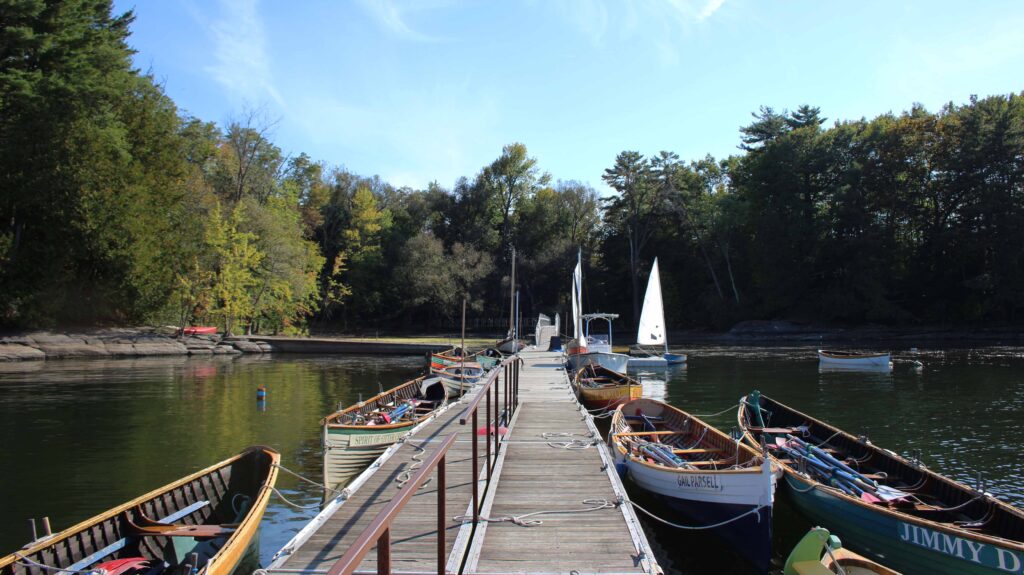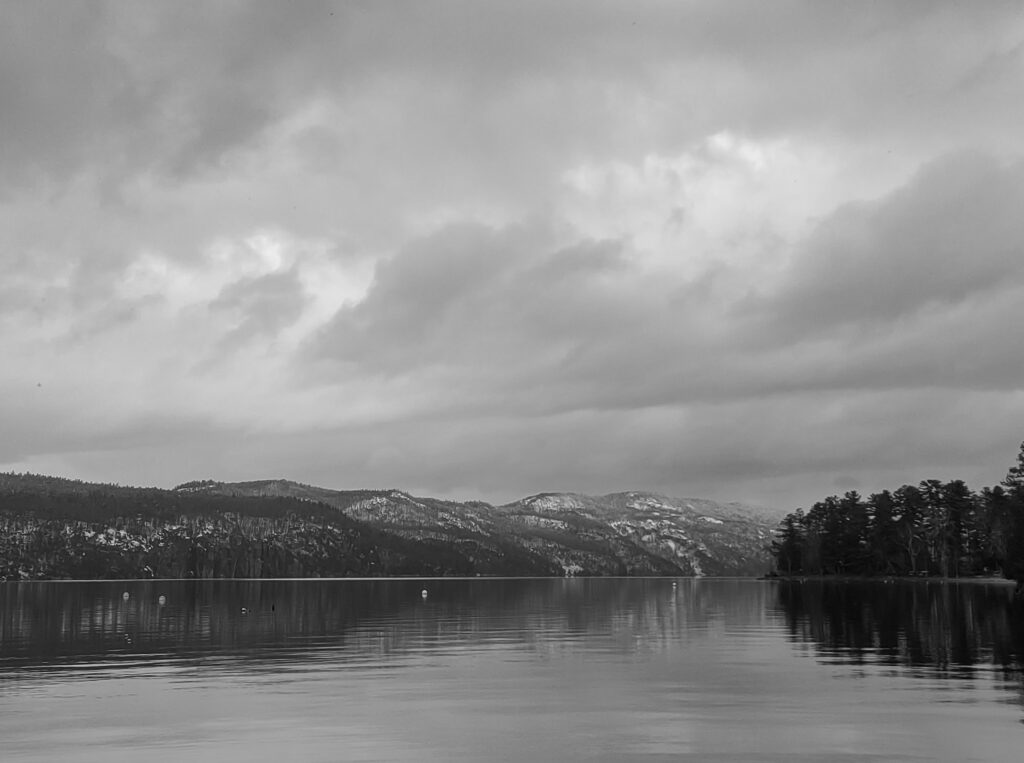By Katharine L. Noiva, Director of Visitor Experience and Learning
The ice cream has sold out, summer camps have long finished up, and geese have started to flock to the lake. These are all the tell-tale signs that the summer season is drawing to a close at the Maritime Museum. The last day to visit our exhibitions and grounds is this Sunday, October 20 from 10 am–4 pm. Why? What’s happening next? It’s just a part of the changing seasons at the Museum!
Each year from mid-May to mid-October, our grounds and exhibits are open for free to the public, and the campus and docks are buzzing with activity. The season always goes by fast and somehow it’s October before we know it. Like hibernating creatures, our exhibits and campus aren’t made for cold months and they will close during this time before re-opening in May. While a part of the Museum may be closing to the public for the coldest months of the year, there’s still a lot going on here at Lake Champlain Maritime Museum. Here’s what our team will be up to and ways you can still get your Museum fix between now and May:
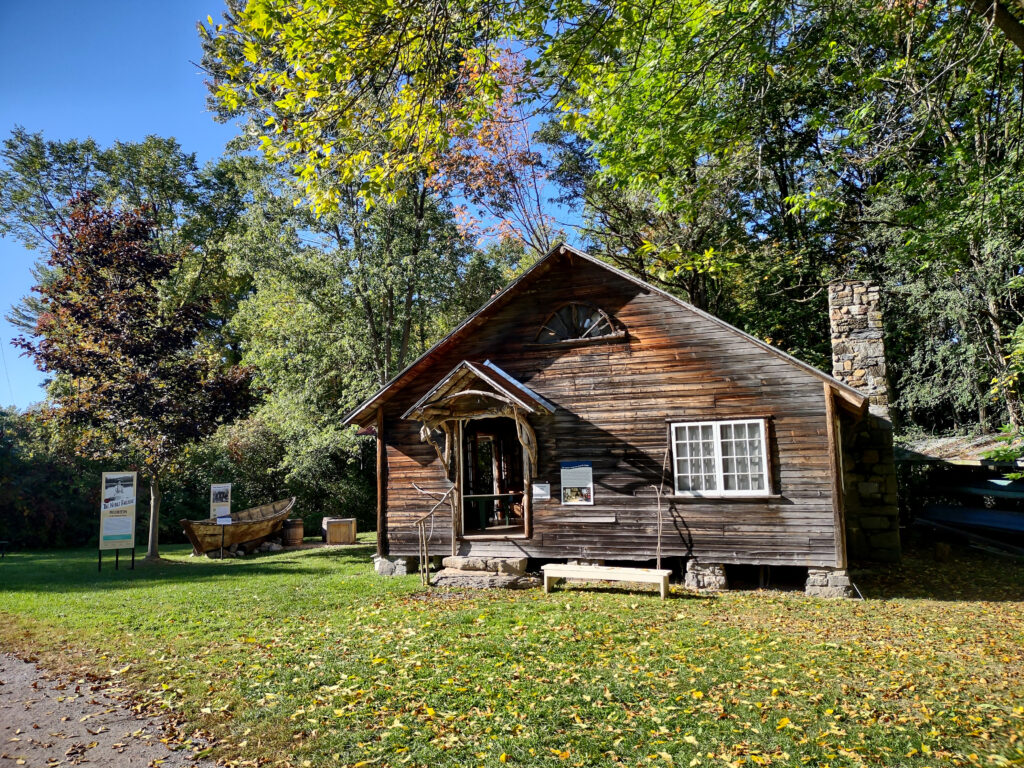
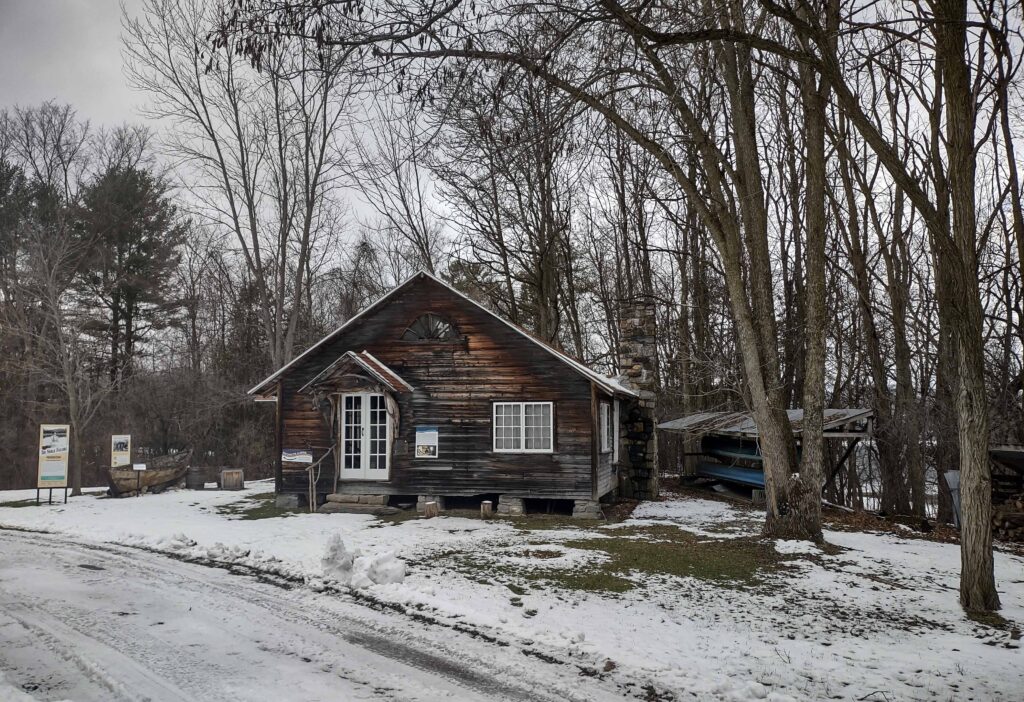
One of the first things to do after our doors close is to prepare the grounds and collections for the winter months. As temperatures start to drop, staff need to make sure the collections are prepared for the winter climate. While some of the exhibition buildings are climate controlled, other buildings experience more temperature fluctuations and need to have sensitive items like paintings removed and placed into collections storage. Other buildings with climate control are gradually lowered to cooler temperatures so that constant cycles of heating don’t dry out collection items that stay in exhibitions over the winter months.
The waterfront also gets a makeover for the winter season. All the docks and ramps that lead out into North Harbor during the summer season are taken out of the water and stowed away for the winter. Our rowing gigs, sailing dinghies, and whalers are moved into storage or into the Boat Shop for our volunteers and boat building students to restore before the next season.
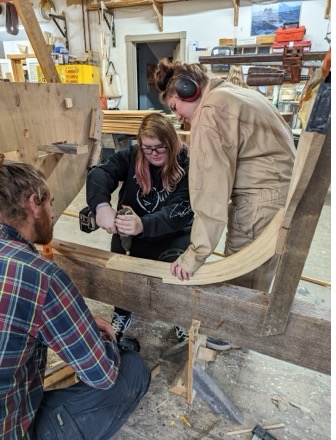
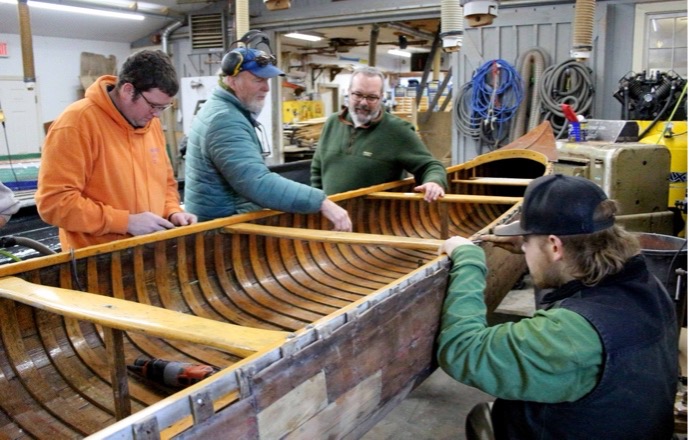
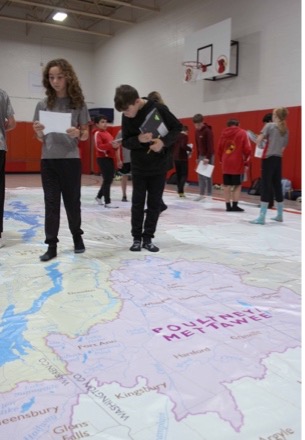
The Museum’s Boat Shop is a busy and active space during the cold months as the newest group of boat building students from Addison Consortium Program and Middlebury Union High School will join us each week as they build a new boat using lumber from local Vermont forests. This program is a unique and central part of the Maritime Museum: local high school students learn traditional boat building skills as they build boats that will be used by other local students and the public in rowing clubs, races, and public programs. We’ll share updates on their progress throughout the winter – make sure you follow us on Facebook or Instagram to see the boat building process!
Beyond the Boat Shop, the Museum hits the road and goes online during the colder months! Our Education team travels with the Giant Lake Champlain Map, bringing Lake Champlain ecology and history to students and schools around the Champlain Valley – we’ll even be bringing Lake Champlain to Pittsburgh, PA this fall for the NAAEE Conference! Meanwhile, our Archaeology & Research team will welcome audiences online in February for the 2025 Virtual Archaeology Conference. This annual online event is free and open to the public, archaeologists, students, and historians where our team shares all the latest in their ongoing archaeological work, excavations, and more. Registration for the Virtual Archaeology Conference opens in December, make sure you’re subscribed to emails from us to know when it opens. Finally, if you’re really craving some museum content, you can always explore our Digital Museum exhibits, read new stories and research on the Museum Blog, or dive into shipwreck stories on our website, which is always open and free.
For the rest of our team, this time of year is also a busy time of planning and preparation. In addition to plenty of report writing, the winter season is when all new exhibitions are planned. The planning process for a new exhibit can take anywhere from 6 months to several years to execute. It involves coordinating building renovations, conservation on collection items, designing new signage, and building new displays and interactives. We also start planning our summer public programs to go with the exhibitions, reaching out to speakers and instructors for workshops.
So even though you might not be able to pop into an exhibit, don’t worry… we’re still here! Our staff will be working away building boats, sharing archaeology stories, renovating exhibit spaces, road tripping with the Giant Map, and planning all winter long to make sure another great summer season is just around the corner. You can reach us all year long at info@lcmm.org or 802-475-2022. Happy winter!
